
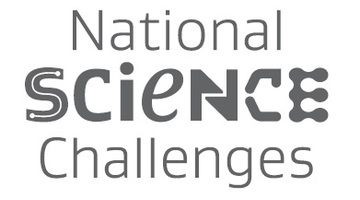
As New Zealanders looking to the future, we are faced with many opportunities – and challenges. These include improving the health of all our people, advancing our economic growth, protecting our ...
READ MORE

Trying to understand how this planet we call home works can seem confusing – there are so many things going on at once! Scientists break down the way the Earth system works to a number of ...
READ MORE
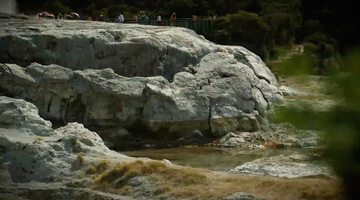
The haukāinga (local residents) of the Rotorua area – Te Arawa, Tūhourangi and Ngāti Wāhiao – have lived in this highly active geothermal region for generations. The unique geology of the area ...
READ MORE
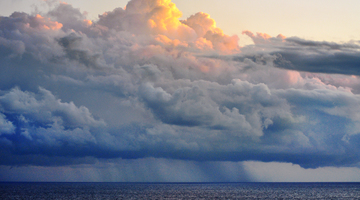
In this activity, students watch a short slide show presentation explaining what precipitation is and how clouds form. By the end of this activity, students should be able to: explain what ...
READ MORE
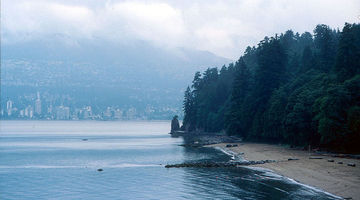
In this activity, students construct models that resemble rain falling on a hillside to observe factors affecting soil erosion and ground stability. By the end of this activity, students should ...
READ MORE

In this activity, students observe the processes of evaporation and precipitation by creating a model that simulates the water cycle. By the end of this activity, students should be able to ...
READ MORE

Be part of a worldwide movement and use Global Earth Challenge to submit or classify photos to help our planet’s environment and human health. Global Earth Challenge is a citizen science campaign ...
READ MORE

Globe at Night is an international citizen science campaign to raise public awareness of the impact of light pollution by inviting citizen scientists to measure and submit their night sky ...
READ MORE

Litter is everywhere – but how much is there, and why does it matter? Litterati is an online citizen science (OCS) project that allows participants to photograph, upload and tag litter in their ...
READ MORE
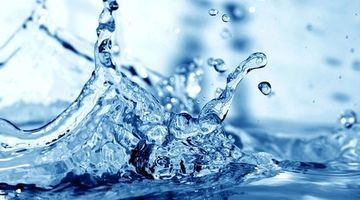
About 70% of Earth’s surface is covered by water. It is found just about everywhere and is the only naturally occurring substance on Earth existing in solid, liquid and gas states. Water is ...
READ MORE
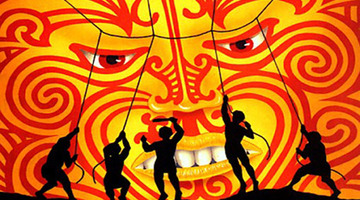
Long ago, according to the legend of Māui, the Sun was the focus of attention. People wanted more daylight and warmth to get their jobs done. Māui schemed to harness the Sun. Rights: Tim Tripp ...
READ MORE

In the primary classroom, even though teachers and students generally spend the day together, it cannot be assumed that students will experience their learning as coherent, connected or ...
READ MORE
In this video, 4 New Zealand scientists – Dave Campbell, Louis Schipper, David Hamilton and Keith Hunter – talk about how the water cycle is part of Earth’s system. They point out that Earth’s ...
READ MORE
Rotorua is world famous for its geothermal features. For generations, local Māori used the hot pools with little impact on the natural system. As Rotorua’s population grew, unsustainable amounts ...
READ MORE
In this video, educator Angela Schipper demonstrates how to build a model of an aquifer – a layer of rock or other material that carries water underground. This is an excellent activity that ...
READ MORE

This timeline lets you see the historical developments in technology related to weather monitoring, measuring and forecasting. It also shows how scientific thinking changed over the centuries as ...
READ MORE

This slideshow explains what precipitation is and how clouds form. Use the Slideshow menu for further options, including view full screen, and go here for the download option.
READ MORE
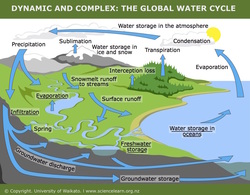
Water in the Earth system is influencing all aspects of life on Earth. Pathways, storage, transfers and transformations have an effect on the global climate and human welfare. Within this ...
READ MORE